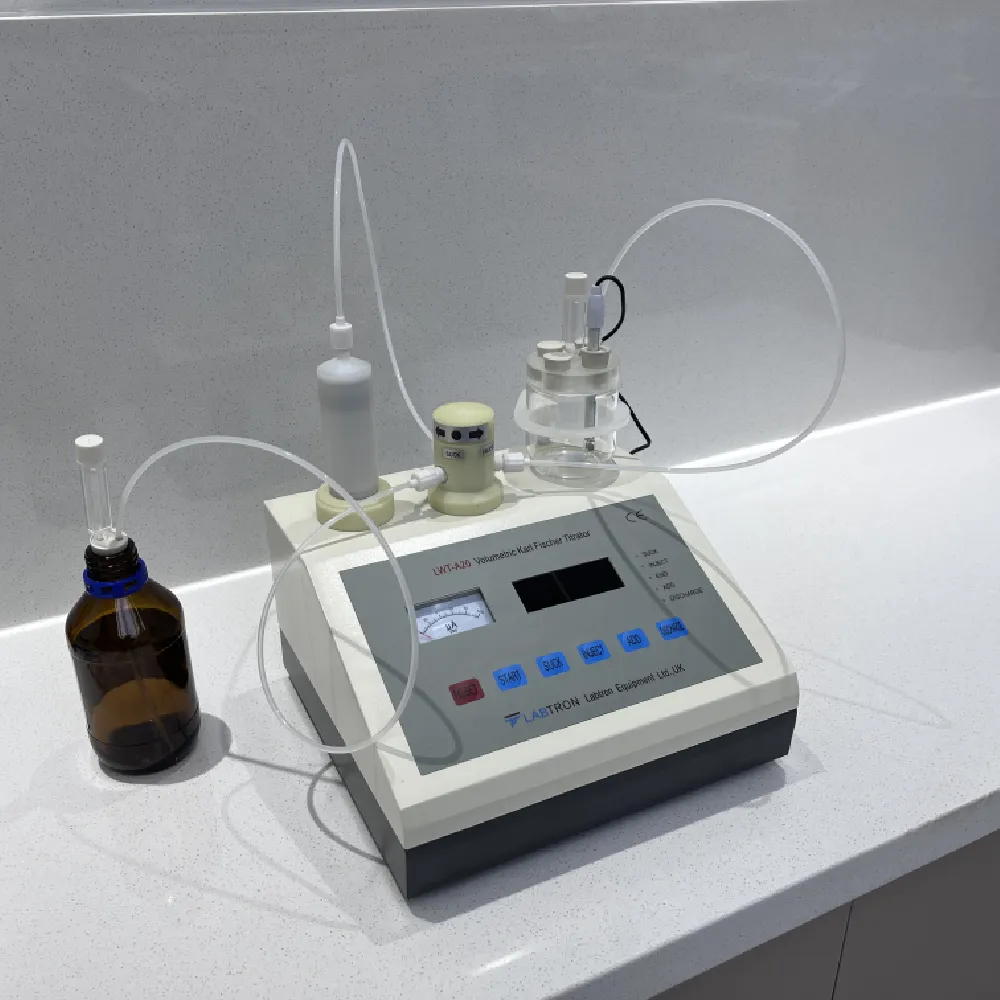 English
English


Testing Transformer Resistance for Optimal Performance and Reliability Assessment
Resistance Test of Transformer An Essential Maintenance Procedure
Transformers are vital components in electrical power systems, serving to step up or step down voltages for efficient energy transmission and distribution. To ensure their optimal performance and longevity, routine testing is essential. One of the critical tests conducted on transformers is the resistance test, which assesses the integrity of the windings and connections. This article delves into the significance of the resistance test, the procedure involved, and its implications for transformer health.
Significance of Resistance Testing
The resistance test serves multiple purposes in transformer maintenance. First and foremost, it helps identify issues such as winding failures, loose connections, and other anomalies that may affect performance. High resistance in a winding can indicate insulation deterioration or physical damage, which could lead to overheating and, eventually, failure. By regularly conducting resistance tests, operators can detect these problems early, thereby preventing costly outages and extensive repairs.
Furthermore, the resistance test provides baseline data for future comparisons. By tracking the resistance values over time, maintenance personnel can observe trends that might indicate impending failures. A sudden increase in resistance could alert technicians to a need for further investigation or immediate corrective action.
Testing Procedure
The resistance test typically involves the use of a micro-ohmmeter, designed to measure low resistance values accurately. The procedure generally follows these steps
1. Preparation Before testing, all power sources to the transformer must be disconnected to ensure safety. Additionally, the bus bars and connection points should be cleaned to obtain accurate readings.
2. Connection The micro-ohmmeter is connected to the terminals of the transformer windings. In three-phase transformers, each winding is tested individually to ensure comprehensive data collection.
resistance test of transformer

3. Measurement The device is activated to send a low DC current through the windings. The resulting voltage drop is measured, allowing the micro-ohmmeter to calculate the resistance according to Ohm's Law.
4. Documentation The resistance values are recorded, noting which winding was tested and under what conditions. This data becomes part of the maintenance log, providing a reference point for future tests.
5. Analysis Once the measurements are obtained, they are compared against previous results and manufacturer specifications. Any significant deviation warrants further examination.
Implications of Results
Interpreting the results of the resistance test is crucial for transformer maintenance. Generally, resistance values should be consistent over time, with any drastic changes indicating potential issues. For instance, a rise in resistance could point to winding deterioration or corrosion in terminals, while a drop might suggest short circuits or partial windings failures.
In addition to identifying specific problems, resistance testing can enhance overall system reliability. By ensuring that transformers operate within acceptable resistance thresholds, utilities can minimize the risk of failures that could lead to power outages or infrastructure damage.
Conclusion
The resistance test is an indispensable tool in transformer maintenance, providing vital insights into the condition of windings and connections. By carrying out this test regularly, utilities can detect potential issues early, extend transformer lifespan, and enhance the reliability of the electrical grid. Investing in routine resistance testing ultimately contributes to a more stable and efficient power system, benefiting both operators and consumers alike. Regular maintenance, including resistance testing, not only preserves the functionality of transformers but also ensures that the entire power delivery network operates smoothly and effectively.
-
Differences between open cup flash point tester and closed cup flash point testerNewsOct.31,2024
-
The Reliable Load Tap ChangerNewsOct.23,2024
-
The Essential Guide to Hipot TestersNewsOct.23,2024
-
The Digital Insulation TesterNewsOct.23,2024
-
The Best Earth Loop Impedance Tester for SaleNewsOct.23,2024
-
Tan Delta Tester--The Essential Tool for Electrical Insulation TestingNewsOct.23,2024





